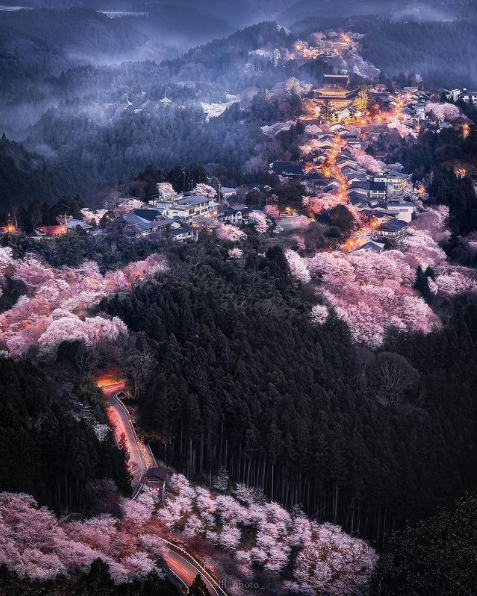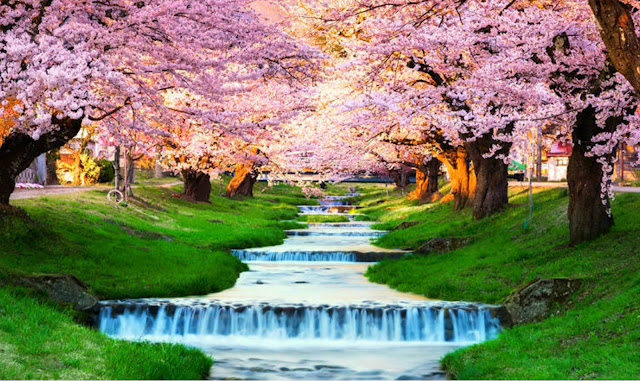Sunday, December 22, 2019
Stay in a Japanese Temple
Click HERE to learn more about Shukubo.
Sunday, December 15, 2019
TABLE OF CONTENTS DECEMBER 2019
TABLE OF CONTENTS
* Tokyo Car Culture
* The Giant Wave of Kanazawa and Ukeo-e Wood Block Prints
* Wonder Filled Japanese World Heritage Sites
* An Unforgettable Journey by train.
* “This Is The Land Of Your Ancestors.” —Yuji Ishihara
* Why Get Married in Japan #6
* Why Get Married in Japan #5
* Iconic Japan: The Ghibli Museum (Totoro and Spirited Away)
* Table of Contents
* Can a Foreigner Buy a Home in Japan?
* May 1, 2019 First Day of the new Japanese Era
* Finding Japanese Ancestors
* Space Saver
Tip 34
* 10,000 People: Japan Art Book Project
* Forging a Katana (Samurai Sword)
Tip 33 The Narita Express (Fast Train to & from Narita Airport)
Tip 32 Book: Meeting With Japan by Fosco Mariani
Tai Chi and Mount Fuji
* How To Get Married In Japan
* Moon Restaurant: 58th Floor of the Mori Museum Building
* Senju Shrine: Perfect for an Intimate Shinto Wedding
* 10,000 People Art Book Project: Misata
* Discovering Immeasurable Treasures
* 10,000 People Japan Art Book Project: Milo @ Beer To Go
* Eyes Open Wide ;;;;Day In Tokyo
* Jim Reed: "What is Shabui and Wabi Sabi?"
* Chucky Thomas in Asuka Village
* Shinto Wedding Purification Ritual
* Tai Chi Wedding Sendoff
* The Diaries of Patricia and Tobias
* Patricia's Fan Fold Temple Book
* Sakura Zensen in Tokyo: Following the Cherry Blossom Wave
* Godzilla & Staying at the APA Shinjuku Kabuki-cho Tower
* 36 of Japan's Most Stunning Places
* Japanese Phrases for Your First Day
* First Kimono
* Calligraphy and Sumi (Japanese Ink Making)
* 10,000 People: Japan Art Book Project # 10
Tip 10 Ghibli Museum: Home of Japan’s greatest director/animator.
Tip 7 Introduction to Ryokans: Japan’s historic, traditional inns.
Capsule Hotels and Yukigassen: Japan's Crazy Snowball Fighting Sport.
Click HERE for the Millenium Capsule Hotel in Kyoto
Click HERE for Inside Video Tour Kyoto Caspule
Saturday, December 14, 2019
Sunday, December 8, 2019
The Lady and the Monk by Pico Ayer
This morning Patricia, as we often do, read to me an interesting passage where Pico captures a form of Japanese intimacy: ai ai gasa, Japanese love symbolism.
There is lyric in Pico Ayer’s writing about Japan which compels me to nominate it to our list of Readings on Japan for those planning a visit. Just a few pages into The Lady and the Monk I can see how it will frame your upcoming visit to Kyoto.
I still want to know what moved Pico from his manic life in Manhattan to becoming a monk in a Kyoto Buddhist Monastery. One day I’ll sit down for a chat with him.
Monday, December 2, 2019
Sunday, December 1, 2019
On the path of Japanese Tea Leaf reading
From Wikipedia: The Buddhist monks Kūkai and Saichō may have been the first to bring tea seeds to Japan. The first form of tea brought from China was probably brick tea. Tea became a drink of the royal classes when Emperor Saga encouraged the growth of tea plants. Seeds were imported from China, and cultivation in Japan began.
Tea consumption became popular among the gentry during the 12th century, after the publication of Eisai's Kissa Yōjōki. Uji, with its strategic location near the capital at Kyoto, became Japan's first major tea-producing region during this period. Beginning in the 13th and 14th centuries, Japanese tea culture developed the distinctive features for which it is known today, and the Japanese tea ceremony emerged as a key component of that culture.
In the following centuries, production increased and tea became a staple of the general public. The development of sencha in the 18th century led to the creation of distinctive new styles of green tea which now dominate tea consumption in Japan. In the 19th and 20th centuries, industrialization and automation transformed the Japanese tea industry into a highly efficient operation, capable of producing large quantities of tea despite Japan's limited arable land area.
The next time you’re in Kyoto... just 15 minutes away
Reading Tea Leaves

















